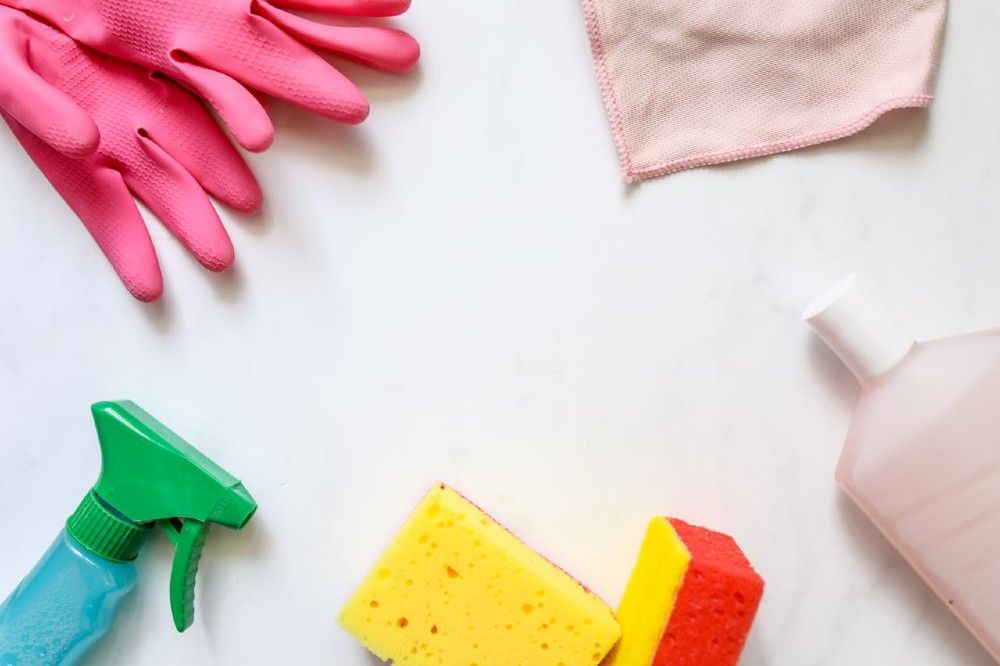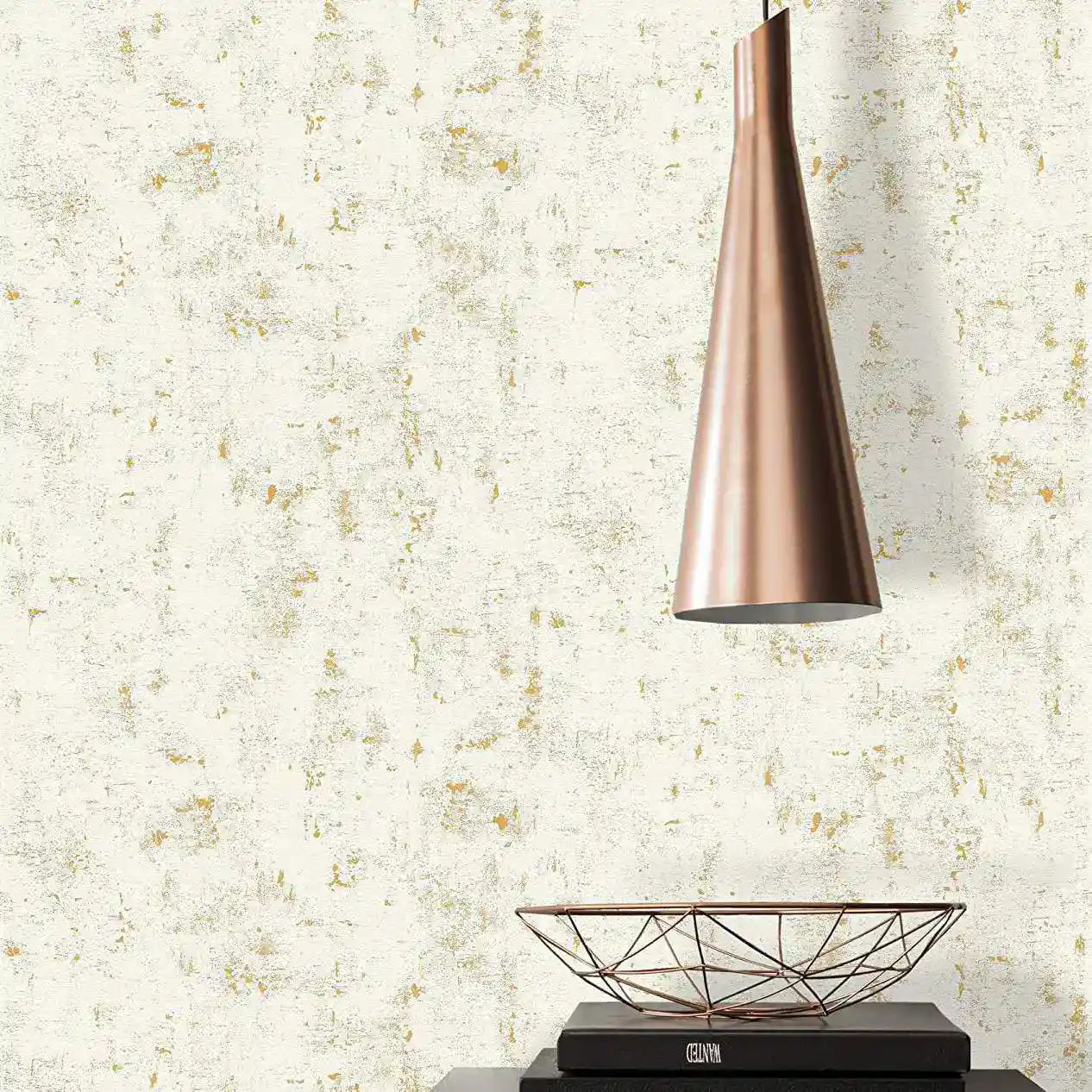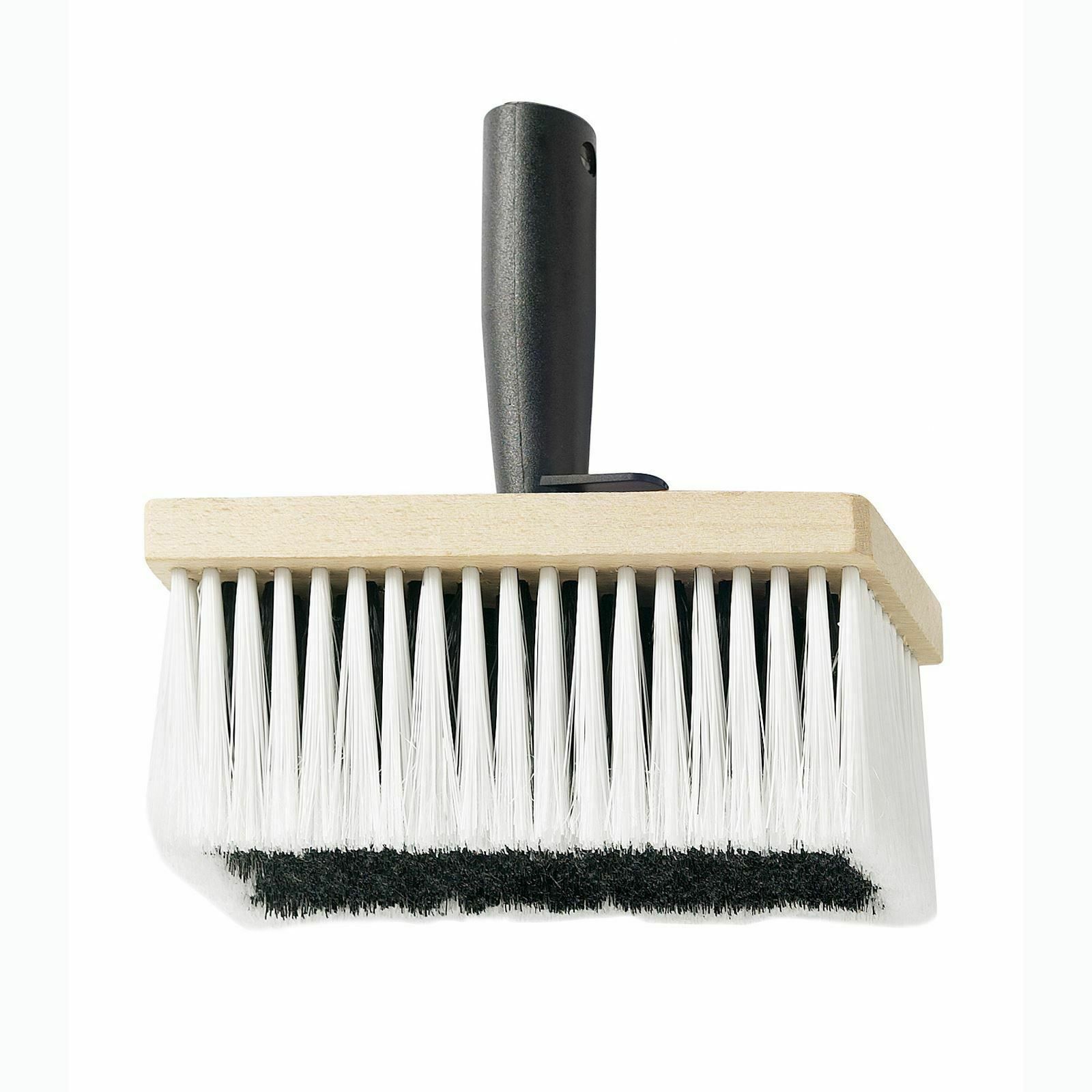Even with preventative methods in place, mould on wallpaper can still sometimes creep in. Here’s what to do...

Noticed a damp patch that’s started to spread along your wallpaper? It could be the beginnings of mould. Don’t panic – help is at hand. If you’re stuck on how to treat mould on wallpaper, keep reading for a complete guide on prevention and cleaning methods.
What Causes Mould on Wallpaper?
Mould growth is usually the result of excessive moisture and warmth on the wallpaper’s surface. A rise in the humidity level of a room, especially one that’s poorly ventilated, is the perfect breeding ground for mould spores to germinate and thrive, with water leaks and spills also working to further exacerbate mould growth. Organic residues, such as dust or food particles, can also serve as nutrients for mould, as well as lack of sunlight and blocks in airflow.
Preventing Mould on Wallpaper
Controlling moisture levels and maintaining a clean environment are the main steps to preventing mould on your wallpaper. Make sure to address any water leaks promptly in order to prevent moisture accumulation, and avoid placing wallpaper in areas that are more susceptible to spills and splashes, such as bathrooms or kitchens (unless you’ve selected a specially designed paper built to withstand extra moisture!).
Ventilation is also key to preventing mould. Ensure proper airflow in your rooms by regularly opening windows or using exhaust fans in order to reduce humidity, or consider a dehumidifier if you’re dealing with a very high humid area.
In terms of upkeep, keep your wallpaper surface clean by regularly dusting and wiping away any accidental spills as quickly as possible.
Anti-Mould Paint
If you’re planning on putting up wallpaper, there are also special paints you can buy that work to prevent mould from appearing. They work the same way as any other paint, and simply require a few coats applied as a base prior to pasting up your paper.
How to Get Rid of Mould on Wallpaper
Even with preventative methods in place, mould can still sometimes creep in. Here’s what to do if you find yourself with mould on your walls.
Removal Methods
Mould Remover
This is especially useful if you’ve got mould on your wallpaper but not on your wall. There’s a few different solutions you can opt for:
- Mildewcide solutions. These are designed to effectively kill mould and mildew on various surfaces, including wallpaper. To use this, simply dilute the solution according to instructions and apply to the affected area using a sponge or a spray bottle. Allow it to sit and penetrate the mould stains, then gently scrub the paper with a soft brush to remove the mould. Rinse thoroughly with water, and allow it to dry completely.
- Vinegar. White vinegar is a natural and effective mould remover that is very effective when used on wallpaper. All you need to do is mix equal parts white vinegar and water in a spray bottle and apply it to the affected area, allowing it to sit for several hours or even overnight. Then, gently scrub the paper with a brush or sponge and rinse with water, allowing it to dry completely.
- Baking soda. Another great natural solution, baking soda combined with water forms a thick paste that can be applied directly to mouldy areas of wallpaper. As above, simply scrub with a brush or sponge, rinse, and allow to dry.
Mould-Stopping Products
If you’re dealing with something like black mould on wallpaper, there are also certain solutions you can get hold of that will stop the growth of mould on your walls. You can easily find mould remover spray in most supermarkets or DIY shops.
To use a mould-stopping product, it’s important to clean your walls first to get rid of any existing mould. Next, apply the product according to instructions, ensuring even coverage, and allow it to dry completely. This will create a protective barrier that will inhibit future mould growth, providing long-lasting protection for your walls.
Damp Wallpaper
Noticed your walls are feeling slightly damp? If left untreated, this could lead to mould on your wallpaper. Follow these steps to avoid the problem going any further:
- Identify the cause. You’ll need to address the root cause of the dampness in order to prevent future dampness.
- Dry the wallpaper. Open the windows, utilise fans, or invest in a dehumidifier to get the room as dry as possible.
- Inspect for mould. Make sure to do a full check of the room and any adjoining rooms in order to catch potential mould as early on as possible.
- Do necessary repairs. If the damp is as a result of water leaks, damage to plumbing, or issues with your windows, make sure to address these issues promptly.
If your wallpaper is especially damp, it’s always a good idea to consider redoing your walls entirely in order to prevent any mould growth. If you decide to remove the damp wallpaper, make sure your walls are completely dry before pasting any fresh paper, and invest in a mould-resistant product such as a primer to prevent any potential mould growth down the line.
Wondering how to clean mould on your wallpaper and need some extra kit to help you out? Shop our collection of accessories and papers today to see you through on your journey, or feel free to get in touch with one of our helpful team if you’d like to hear more about our collection of stunning wallpaper designs.


